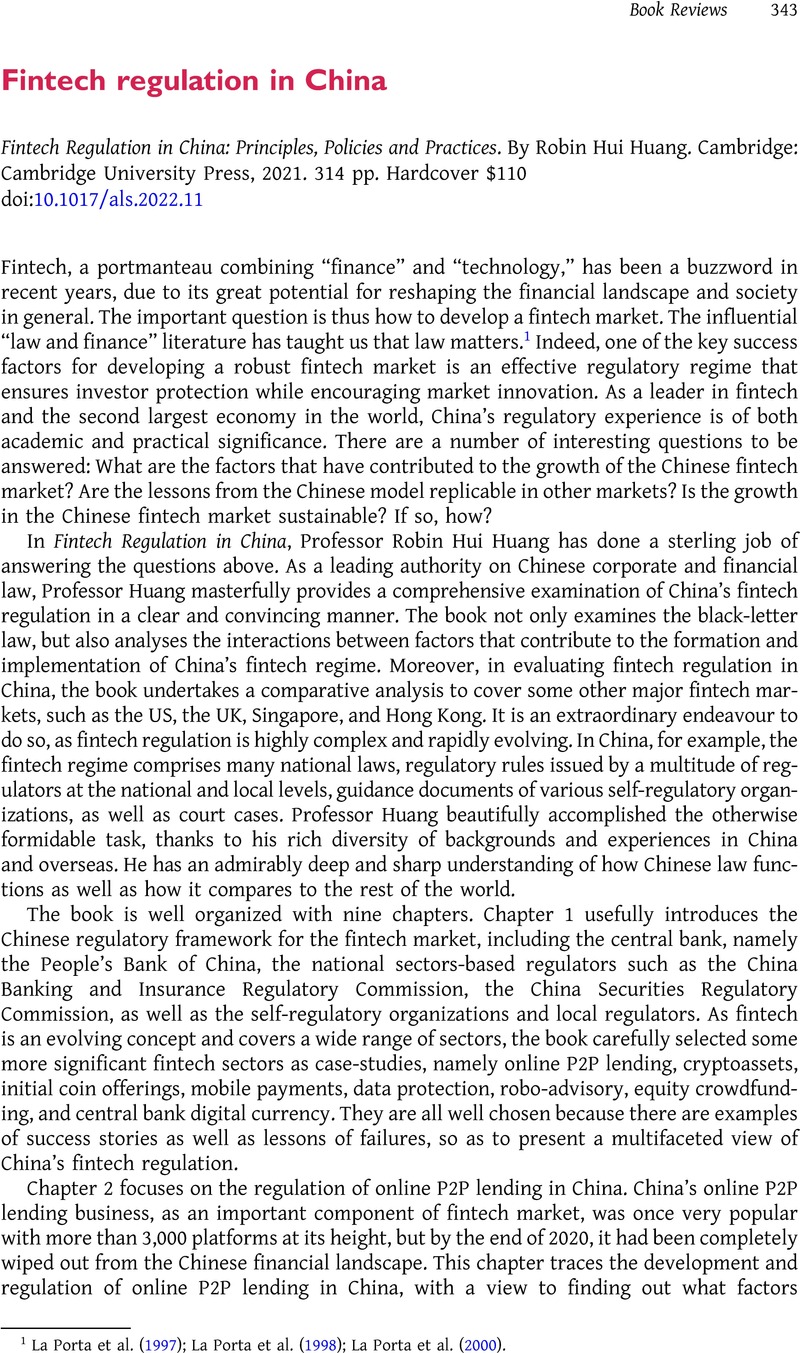Crossref Citations
This article has been cited by the following publications. This list is generated based on data provided by Crossref.
Yin, Yingkai
Ma, Hongxin
Wu, Zhenni
and
Yue, Aobo
2023.
How Does China Build Its Fintech Strategy? A Perspective of Policy Evolution.
Sustainability,
Vol. 15,
Issue. 13,
p.
10100.
Li, Xin
and
Wang, Kai-Hua
2025.
Does investment in fintech assets enhance performance in China’s financial sector? Evidence from multiple investment strategies.
Electronic Commerce Research,



